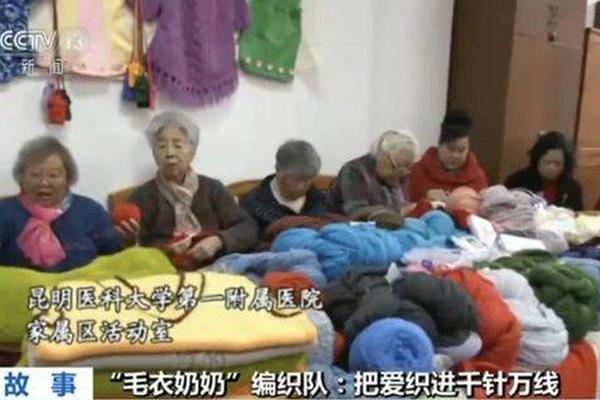“臺灣導彈重要儀器被爆送大陸維修”引臺媒關注,里面有啥機密情報?
- 2023-02-01 00:40:14
- 開云體育app官方網站

Protesters wearing masks of U.S. President Donald Trump and North Korean leader Kim Jong-un stand during a rally demanding the denuclearization of the Korean Peninsula and peace treaty near the U.S. embassy in Seoul, March 21. AP
By Oh Young-jin
Again, it is hard to predict the future of the Korean Peninsula after the no-deal summit in Hanoi between U.S. President Donald Trump and North Korean leader Kim Jong-un late last month. So far, the two adversaries have tried to exercise restraint, being careful not to provoke each other, in an attempt not to lose their dialogue momentum.
But the Hanoi summit shows, if anything, the fundamental differences in their stances on how to get the North's denuclearization and the U.S.'s compensation going. The U.S. wants a "big deal" for the North to be completely disarmed at once, while the North wants the U.S. to ease sanctions in return for partial action.
One fear is a return to the tension before the PyeongChang Olympics in February 2018, when evidence showed the U.S. was seriously contemplating a preemptive strike for a potential first nuclear exchange on the peninsula.
If that is fortunately avoided, it can't be ruled out that Trump will adopt the non-policy of strategic patience of his Democratic predecessor Barack Obama and leave the Korean problem festering.
For Koreans, it would be horrible living like in the movie "Groundhog Day," stuck in more or less a repetition of the past seven decades since the 1950-1953 Korean War. .jpg/dims/resize/84/optimize)


